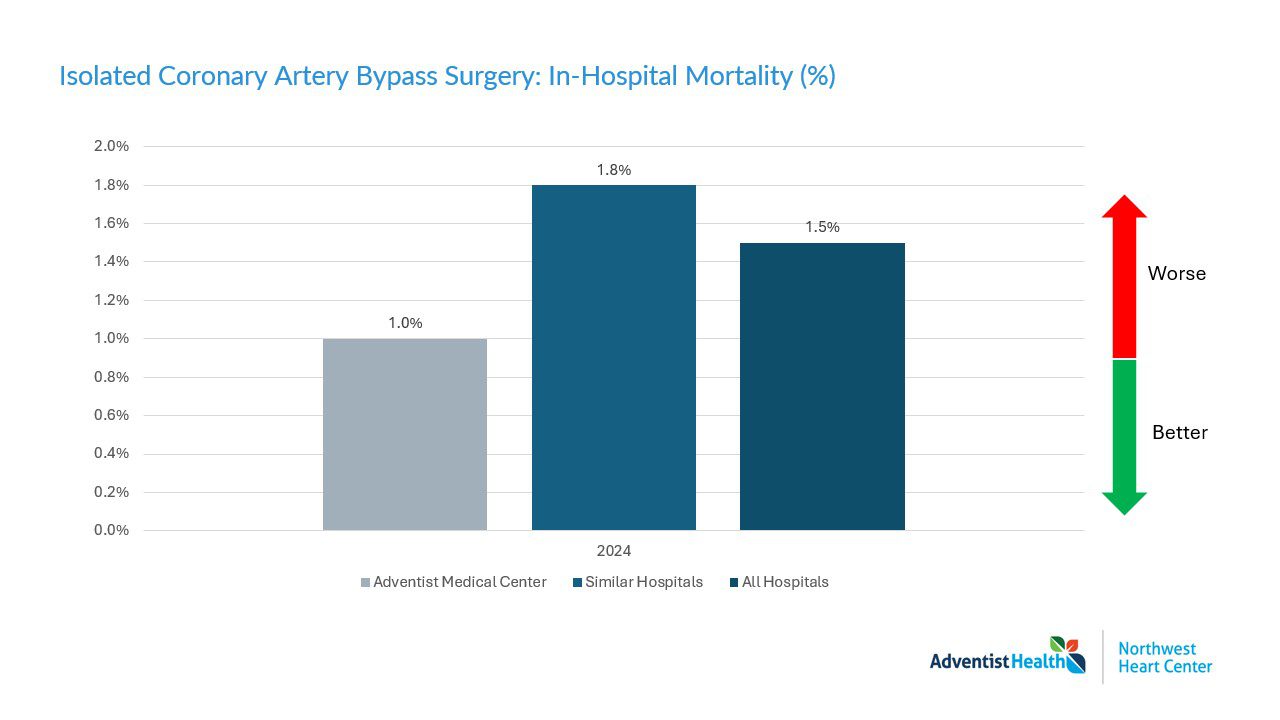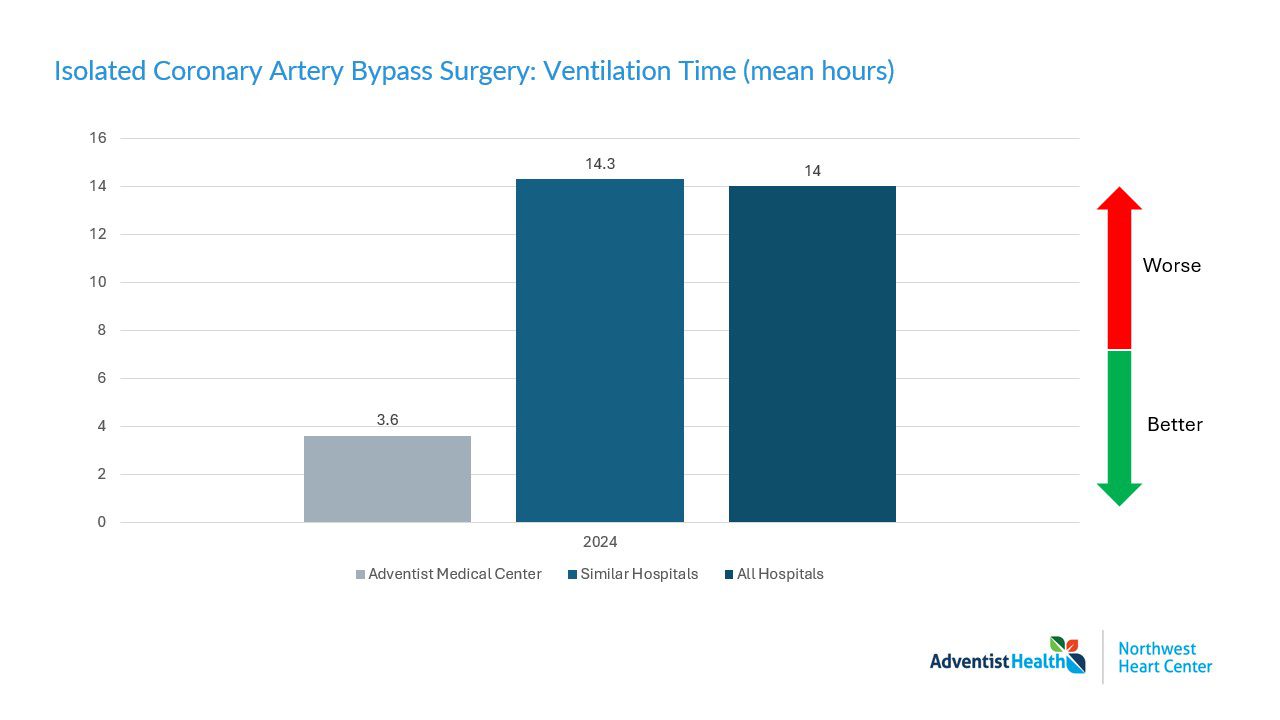Understanding the data
Operative mortality is defined as all deaths occurring during the hospitalization in which the operation was performed. This also includes deaths that occur after discharge but within 30 days of the procedure, unless the cause of death is unrelated to the operation (e.g. car accident).
Length of stay is the total number of days from the day of admission to the day of discharge from the hospital.
Post-operative ventilation time is the time of mechanical ventilation from time of exit from operating room to extubation time in number of hours. A patient is considered to have prolonged ventilation if the mechanical ventilation was greater than 24 hours.
Any reoperation includes patients who return to the operating room for any reason including, but not limited to, bleeding/tamponade, valvular dysfunction, graft occlusion, and other cardiac problems.
Deep sternal wound infection (infection involving deep soft tissue layers such as fascia and muscle) and/or mediastinitis (an organ/space surgical site infection involving the body cavity) can occur after the procedure. Infections are classified as Deep Sternal Wound infections/mediastinitis if the following criteria are met:
- Occurs within 30 days after the procedure.
- And involves deep soft tissues (e.g. fascial and muscle layers) of the incision.
- And the patient has at least one of the following:
- Purulent drainage from the deep incision.
- Culture positive.
- Abscess or other evidence of infection involving the deep incision.
- Diagnosis of a deep incisional sternal infection by a surgeon or attending physician.
Intraoperative blood products may be used during the operation. These products include: red blood cells, fresh frozen plasma, cryoprecipitate, platelets and factor viia.








